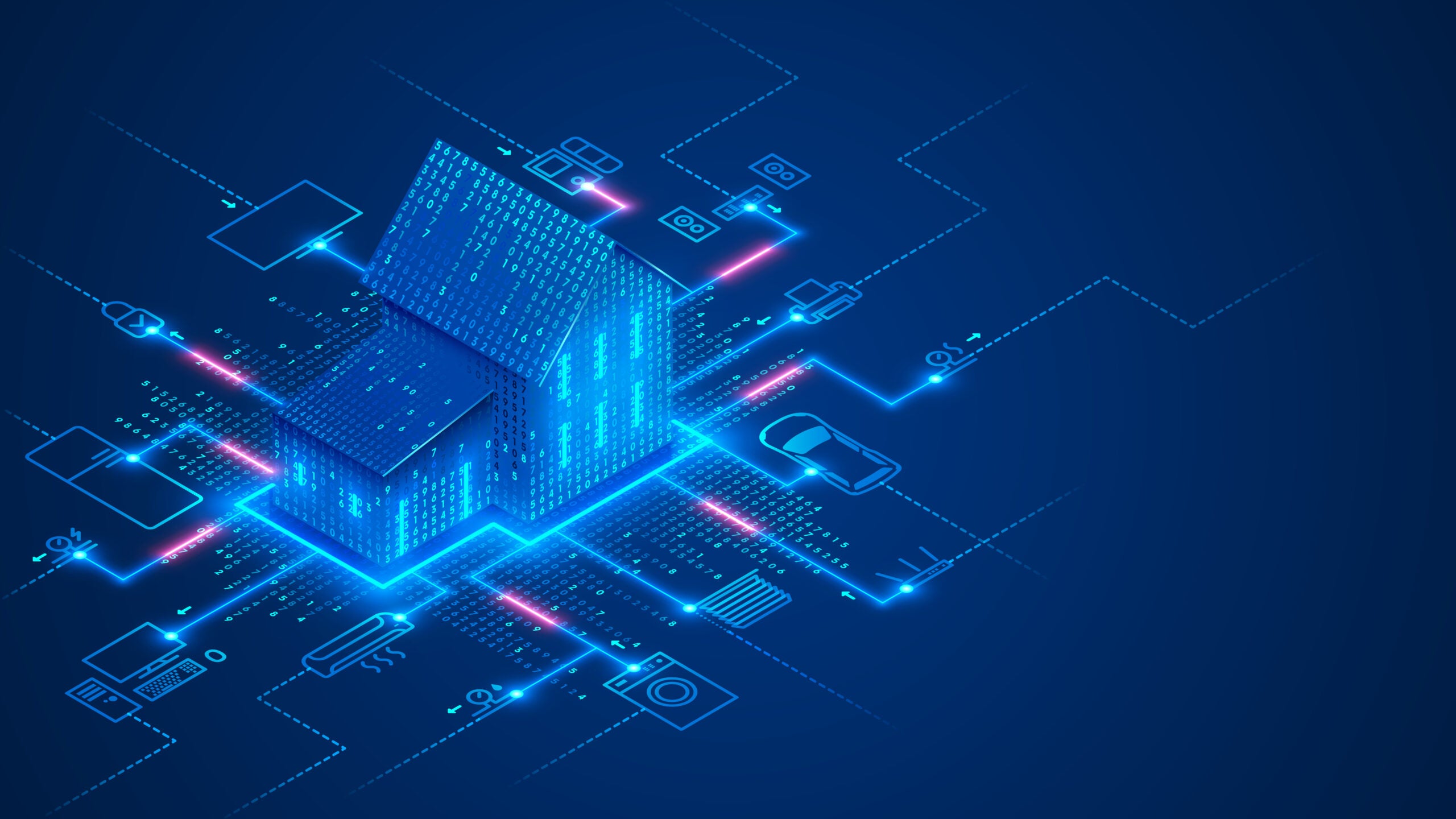
Smart homes have become a reality thanks to the advent of connected devices like Amazon Echo speakers, Roombas and Nest thermostats. However, that doesn’t explain what a smart home is or what the risks of living in one could be. Neglecting to understand either of those things could have serious consequences to businesses and customers.
A smart home is a house with appliances and devices that can connect to each other and be controlled remotely. This is often done via the web and therefore can make use of Internet of Things (IoT) technology. This connectivity and remote control can also allow for automation of processes, making daily life easier and more efficient, in theory at least. This can be seen in smart thermostats, door locks, light bulbs, speakers and more.

Access deeper industry intelligence
Experience unmatched clarity with a single platform that combines unique data, AI, and human expertise.
Research firm GlobalData estimates that the global smart homes market will be worth $75.3bn by 2025, having grown at a compound annual growth rate of just under 16% from $35.9bn in 2020,
Precursors to today’s smart home technology have been around for just over a century. Electrical household appliances appeared at the beginning of the 20th century. Legendary innovator Nikola Tesla’s 1898 idea of remote control also falls into this bracket.
The ECHO IV home computer is arguably the first automation of various household appliances. A Westinghouse Electric engineer developed it in the 1960s. This computer could perform various functions such as air conditioning and digital clock management.
Another milestone in the history of smart homes was reached in 1975 when Pico Electronics introduced the X10 protocol. The technology used radio frequencies to connect electronic household appliances, allowing remote control of them. The X10 standard is still in use today. However, Wi-Fi is now the most common technology to connect devices. Other methods of communication such as Bluetooth exist too.

US Tariffs are shifting - will you react or anticipate?
Don’t let policy changes catch you off guard. Stay proactive with real-time data and expert analysis.
By GlobalDataTo what extent homes have interconnected devices varies, but smart technology is clearly increasing and making many homes ‘smarter’. Convenience is the the main advantage of this for many people. Automating processes, such as heating and vacuuming, means you can’t forget to switch the heating off when it’s not needed or forget to clean before guests come to visit.
More advanced technology learns your living patterns and adapts to suit them. This increased flexibility and efficiency may also have positive environmental impacts. For example, Google’s Nest Learning Thermostat adapts to how you use your house, reducing energy consumption spent heating it unnecessarily.
However, as with all technologies, there are things to be wary of. Connecting your home to the internet means raises serious concerns around cybersecurity and privacy. Customer advocacy group Which? has warned that a smart home could face up to 12,000 hacks in a single week. Getting hacked is obviously a huge danger for the individual consumer, but it could also make the manufacturer liable for not having tough enough security.
Smart homes also raise questions around compatibility and reliability of devices. This was brought to the fore recently by the issues some Pixel phone users had connecting their Sonos devices to Google devices within their smart home. Within these issues surrounding technical capability, issues around legality and sharing of software were also highlighted.
GlobalData is the parent company of Verdict and its sister publications.







